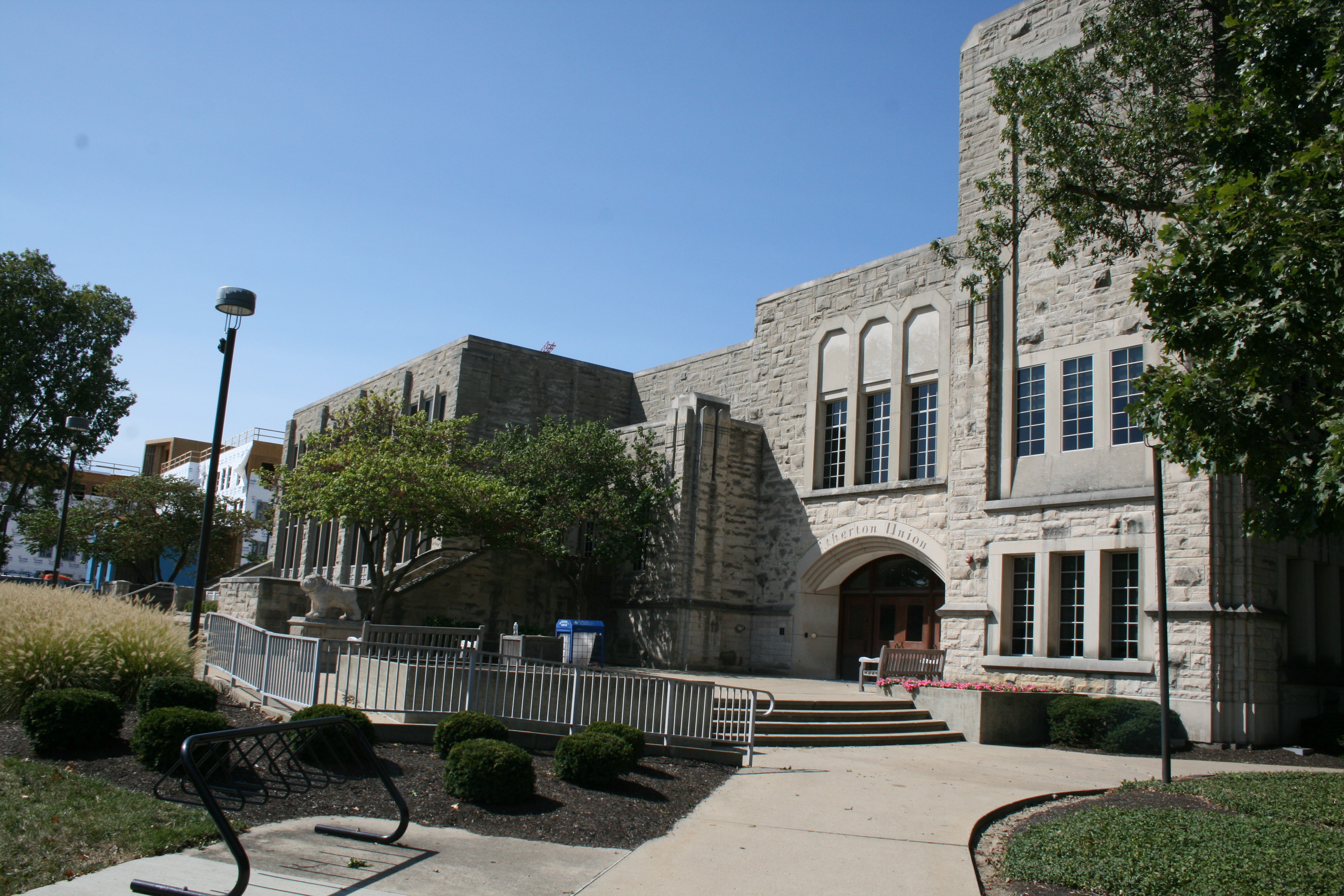The bias incident reporting form was sent out via email on Feb. 12. Collegian file photo.
SORELL GROW | NEWS EDITOR | svgrow@butler.edu
A new bias incident reporting form, open to all members of the Butler campus community, was announced by Frank Ross, vice president of student affairs, via email on Feb. 12.
Different than the sexual misconduct reporting form, the bias reporting form was designed so students can report any acts of hostility they may experience or witness. This includes acts intended to discriminate based on race, religion, gender or any other identities people hold.
The survey is found on Butler’s website and formatted similarly to an online survey. It consists of a series of questions — some optional and some required — that will distinguish the nature of a case.
Sally Click, dean of students, is the first person that sees every submitted student report. Faculty and staff reports are directed to Human Resources. Within two business days, Click will follow up with the person who submitted the report — if the person included their name in the report — to provide support, resources and to talk about any further steps.
“This is our values in action,” Click said. “This is diversity, inclusion, equity, people having to access to the institution, feeling comfortable and maximizing their experience. And if we don’t know what that’s like, we can’t address concerns or really broaden everybody’s experience.”
Kody Rother, assistant dean of students, started working at Butler in October 2018. Right off the bat, Rother started researching for and working on the bias report form.
He said students want to be able to share their personal experiences with the university in some way.
Required answers to questions include: location, date and time of the incident; whether it was a personal experience or a witnessed incident; and information about the nature of the incident. Every form requires a detailed description of the incident.
Optional questions to answers include: name, affiliation with the university, date and time of the incident, names of witnesses and name of person or organization who engaged in the conduct that may involve bias.
Alex Kassan is a junior gender, women and sexuality studies major and the vice president of SGA’s Diversity and Inclusion Board.
“I think often times the things that don’t affect us can seem maybe insignificant or as if they’re not happening because we’re not the ones partaking in them,” Kassan said. “But the thing that I’m hoping comes out of this form is just that we can see, by the numbers, that these are experiences students are having.”
When Rother and Click presented the concept of a bias incident reporting form to the Diversity and Inclusion Board, Kassan said she was excited that the form can be submitted anonymously.
“People who are often reporting these incidents of bias are in a lack of power, not in a position of power, so the ability to report anonymously really does offer a sense of comfortability that I don’t think we would’ve previously had,” Kassan said.
Even if a report does not identify the victim or the perpetrator, student affairs can still use the data to create more programming, education and initiatives to lessen, and eventually eliminate the occurrence of bias incidents.
“Now we’ll have the information to make some really informed decisions about the programming and education that we’re providing campus,” Rother said. ”It’ll give us a sense of the programs that we are offering and where are some of the gaps, like what’s not being reached.”
Kassan said she thinks bias incidents are not rare on campus. She could talk to students on campus and they’ll tell her about incidents of bias they’ve experienced, Kassan said.
“It’s an extremely prevalent thing that’s happening on campus,” Kassan said. “I think this is just the first time that we’re seeing a way to actually address it and do something about it.”
Users are also able to specify how they would like to be followed up with on the form, via phone or email, if at all.
“We’re trying to address the climate and do things so that we can proactively support students,” Click said. “This is something that we want to be able to work on and address with them.”
Dozens of other universities, such as Marquette, Elon, Xavier and Michigan State, have released their own bias reporting forms. In creating Butler’s form, Rother conducted a benchmark study of around 15 of these other universities’ reporting systems.
Following the submission of a report, the next phase of each specific bias incident case is still being figured out. Click said she hopes to pool together a core group of people on campus to serve as a “bias response team” — likely faculty representatives from residence life, law enforcement, diversity programs, student affairs and human resources.
Click said they are in the process of hiring several positions in student affairs, many of which may end up as members of the bias response team.
Rother said he wants to determine how the incoming first-year class will be made aware of this new resource. He said they’re still figuring out ways to keep advertising the form to the rest of campus.
“Once we’ve validated those experiences, it’s up to us to fix them and make it better,” Kassan said.



